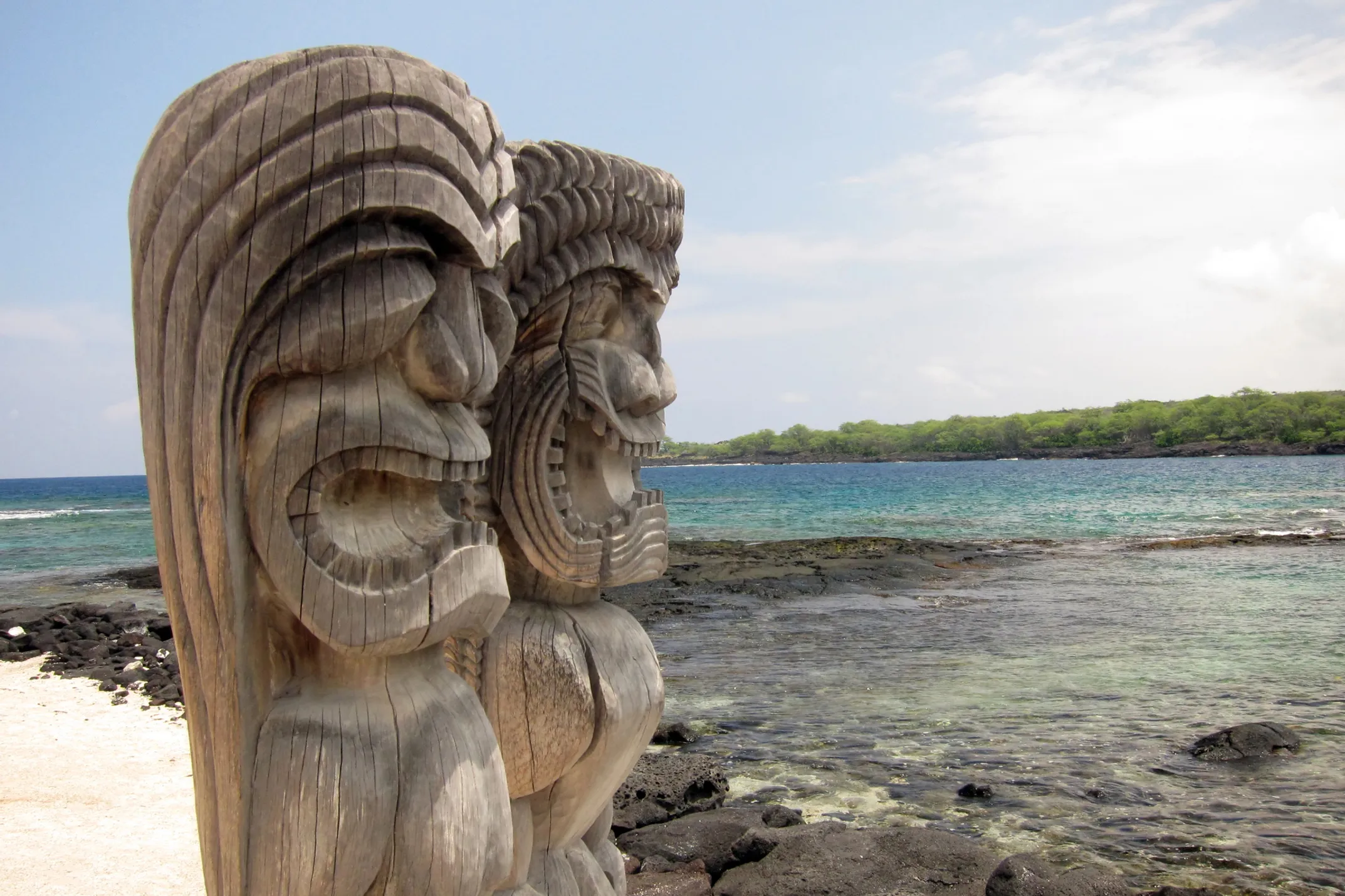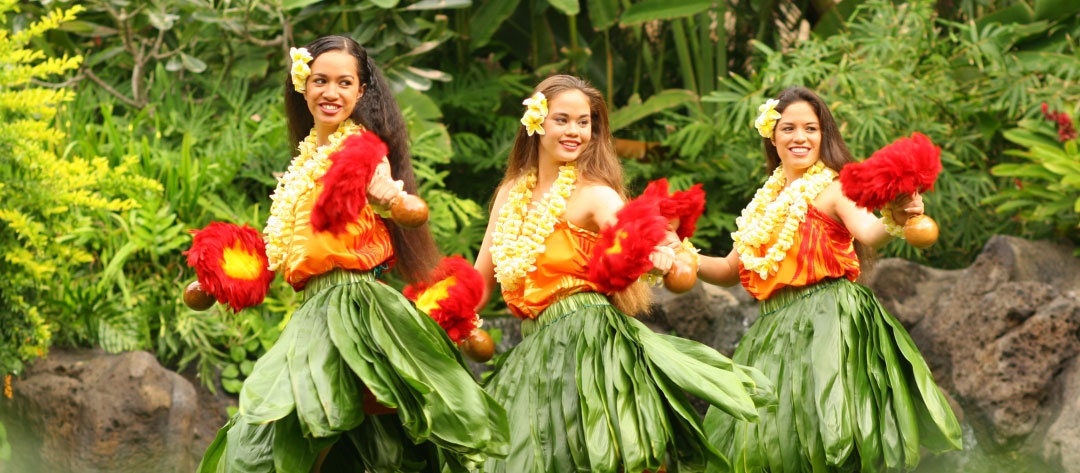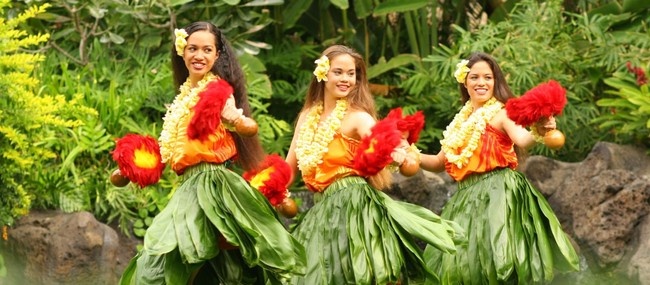

Big Island Parks
Fire Goddess Pele's Living Laboratory
Big Island: Fire Goddess Pele's Living Laboratory
The Big Island, or Hawaiʻi Island, is the youngest and largest of the Hawaiian islands. Here, geology is not a static thing confined to textbooks—it is alive and constantly evolving. The island's parks showcase everything from active volcanoes and recent lava flows to ancient cultural sites and stunning waterfalls. This is where Pele, the Hawaiian goddess of volcanoes, is said to still reside, shaping the landscape with her fiery breath.
Featured Park: Hawaiʻi Volcanoes National Park - Witnessing Creation in Real Time
Hawaiʻi Volcanoes National Park is one of the few places on Earth where you can witness the active process of land formation. The park encompasses the summits of two of the world's most active volcanoes: Kīlauea and Mauna Loa. Kīlauea, in particular, has been in nearly continuous eruption since 1983, though its activity varies greatly over time. The park offers an incredible variety of landscapes, from steaming volcanic vents and hardened lava fields to lush rainforests and coastal areas where lava meets the sea.
The Moʻolelo (The Story)
To Native Hawaiians, this is Pele's realm. The goddess of volcanoes and fire is believed to live in Halemaʻumaʻu crater at the summit of Kīlauea. According to legend, she arrived in Hawaiʻi after a journey across the Pacific, seeking a new home. Her fiery temperament is said to control the volcanic activity, and many Hawaiians still leave offerings of hoʻokupu (gifts) like leis, oli (chants), and hula to honor her.
The Adventure

The otherworldly volcanic landscape of Hawaii Volcanoes National Park showcases millions of years of geological activity
The park has several different areas to explore, each offering a unique perspective on volcanic activity and Hawaiian culture:
🌋 Kīlauea Crater Area
The park's main attraction, where you can peer into Halemaʻumaʻu crater, Pele's legendary home. The Crater Rim Drive offers multiple viewpoints and leads to the Jaggar Museum area.
Don't miss the Devastation Trail and Thurston Lava Tube.
🛣️ Chain of Craters Road
This 18-mile road descends 3,700 feet through recent lava flows and past ancient volcanic craters to reach the coast, where the road abruptly ends at hardened lava.
Site of the Holei Sea Arch and potential active lava viewing.
🏔️ Mauna Loa Section
The world's largest volcano by volume. The Mauna Loa Road leads to a trailhead for those wanting to hike toward the summit (extremely challenging).
Also home to the Kīpukapuaulu (Bird Park) trail.
🌿 Kahuku Unit
A separate section of the park focused on ranch history and native ecosystems. Features the Hawaiian Tree Fern Forest and grassland restoration projects.
Open weekends only; offers a different perspective on the park.
🌋 Volcanic Activity is Dynamic
The park experience changes dramatically based on current volcanic activity. During active eruptions, certain areas may be closed for safety, while new viewpoints may open.
- • Always check the park's official website before visiting
- • Air quality can be poor during high volcanic gas (vog) days
- • Those with respiratory issues should take extra precautions
💡 Leilani's Pro-Tips
Photography:
- • For lava photography, a tripod is essential for long exposures that capture the molten rock's glow
- • Protect your gear from volcanic gases and fine ash particles
- • Early morning often provides the best air quality and dramatic lighting
Preparation:
- • Bring layers—it can be surprisingly cold at 4,000 feet elevation
- • Pack water and snacks; services are limited within the park
- • Wear closed-toe shoes for all lava field walks
Hours
24 hours daily. Visitor center: 9 AM - 5 PM.
Fees
Per-vehicle fee (valid for 7 days) or annual park pass. America the Beautiful passes accepted.
Location
Two entrances: main entrance on Highway 11 near Volcano Village, and Kahuku Unit entrance on Highway 11 near Ocean View.
Featured Park: Puʻuhonua o Hōnaunau National Historical Park - City of Refuge
While not as dramatic as an active volcano, Puʻuhonua o Hōnaunau is one of the most culturally significant sites in all of Hawaiʻi. This 420-acre park preserves one of the few remaining puʻuhonua (places of refuge) in the Hawaiian Islands. In ancient times, this was a sacred sanctuary where those who had broken kapu (sacred laws) could flee to avoid punishment, often death.
The Moʻolelo (The Story)
The concept of puʻuhonua was central to ancient Hawaiian society. If someone violated a kapu—such as allowing their shadow to fall on a chief, or eating forbidden foods—they faced death unless they could reach a place of refuge. Here, they would undergo purification rituals performed by kahuna (priests) and could then return to society with their slate wiped clean. The park also preserves Hōnaunau, the residence of high-ranking ali'i (chiefs), separated from the puʻuhonua by the massive Great Wall.
The Adventure
Walking through this park is like stepping back in time. The centerpiece is the Great Wall (Loko Ea), a massive stone structure built without mortar that separated the royal residence from the sanctuary. You'll also see:
🏛️ Cultural Sites
- • Reconstructed thatched houses and structures
- • Heiau Hale o Keawe (temple with royal bones)
- • Carved wooden kiʻi akua manu (god images)
- • Traditional canoe landing area
🐢 Natural Features
- • Pristine coral reefs perfect for snorkeling
- • Hawaiian green sea turtles (honu)
- • Coconut palms and native coastal plants
- • Two Step snorkeling spot nearby
🙏 Cultural Respect
This is sacred ground. Please treat it with the respect you would show any religious or cultural site. Do not climb on walls or structures, and approach the reconstructed heiau (temple) with appropriate reverence.
Hours
Park: sunrise to sunset daily. Visitor center: 8:30 AM - 4:30 PM.
Fees
Per-vehicle fee (valid for 7 days). America the Beautiful passes accepted.
Activities
Self-guided tours, ranger programs, snorkeling, cultural demonstrations (weekends).
Featured Park: ʻAkaka Falls State Park - The Magnificent 442-Foot Cascade
ʻAkaka Falls State Park showcases one of Hawaiʻi's most spectacular waterfalls. The 442-foot ʻAkaka Falls is a sheer drop that creates a misty veil as it plunges into a lush tropical gorge. The park also features the smaller but equally beautiful Kahuna Falls (100 feet), both accessible via a scenic loop trail through native Hawaiian rainforest.
The Moʻolelo (The Story)
According to Hawaiian legend, the falls were created when a chief named ʻAkaka was turned to stone by the gods as punishment for his jealousy. The mist from the falls is said to be the tears of his wife, who wept for her lost husband. The falls were also considered sacred by ancient Hawaiians, who believed that the area was inhabited by water spirits.
The Adventure
The park features a 0.4-mile loop trail that is mostly paved and accessible to most visitors. The trail winds through a lush tropical forest of giant philodendrons, bamboo groves, and native ʻōhiʻa trees. Along the way, you'll encounter spectacular viewpoints of both ʻAkaka Falls and Kahuna Falls, each offering different perspectives of these natural wonders.
💧 ʻAkaka Falls Viewpoint
The main attraction - a stunning 442-foot waterfall with panoramic viewing platform. Best photography in morning light.
🌿 Tropical Forest
Native Hawaiian plants including ʻōhiʻa lehua, hapuʻu tree ferns, and introduced tropical species like bamboo and wild ginger.
💦 Kahuna Falls
Secondary 100-foot waterfall visible from the loop trail. Less crowded viewpoint with intimate jungle setting.
💡 Leilani's Pro-Tips
Photography:
- • Visit in the morning for the best light on the falls
- • Use a polarizing filter to cut through the mist and enhance the water
- • Long exposure shots create beautiful silky water effects
Practical:
- • Trail can be slippery when wet - wear appropriate footwear
- • Bring rain gear; this is a rainforest climate
- • Visit early to avoid crowds and tour groups
Hours
Open daily from sunrise to sunset.
Fees
Free admission. No parking fees.
Accessibility
Paved loop trail suitable for most fitness levels. Some stairs and elevation changes.
🗺️ Parks Guide
Getting started
Reservations & PermitsBooking guide
Oʻahu ParksDiamond Head & more
Maui ParksHaleakalā & ʻĪao Valley
Kauaʻi ParksNāpali & Waimea Canyon
You are here
Top trails by skill level
AccessibilityAccess for all visitors
Photography TipsCapturing the magic
🌋 Volcanic Activity
Kīlauea volcano's activity changes frequently. Check current conditions before visiting.
ℹ️ Big Island Info
- Youngest Island: Still growing
- Active Volcanoes: Kīlauea & Mauna Loa
- Tallest Falls: ʻAkaka 442 ft
- Pele's Home: Halemaʻumaʻu
🌡️ Climate Zones
- Volcano (4,000 ft): Cool, can drop to 40°F
- Hilo side: Rainforest, frequent showers
- Kona side: Dry, sunny, warm year-round

